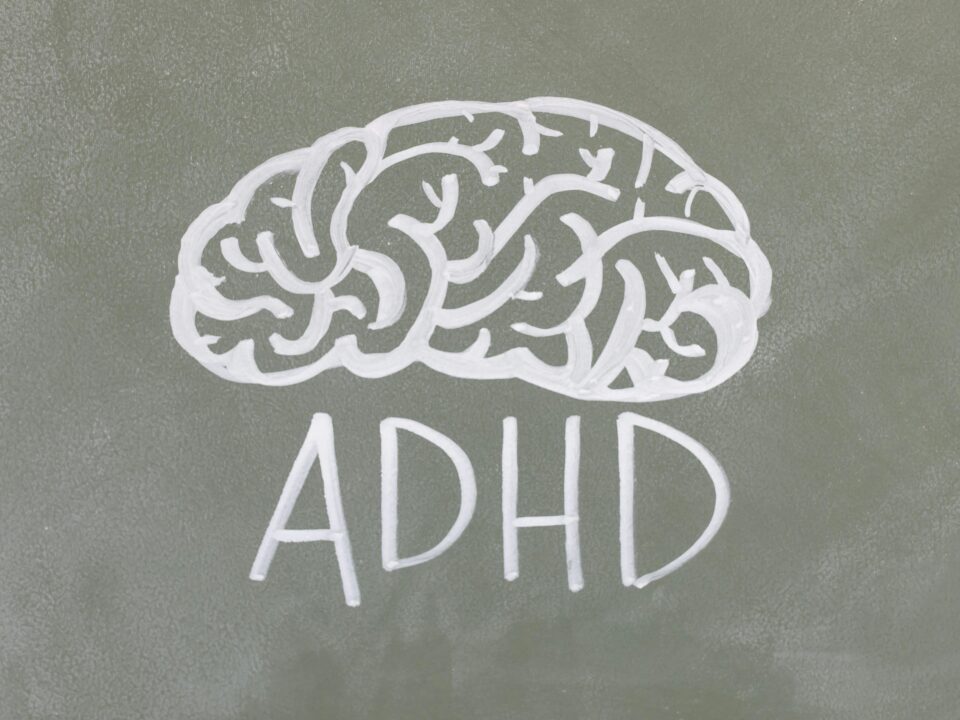What is Executive Dysfunction?

Featured Image by Hernan Sanchez, Unsplash
Executive dysfunction is a term used to describe a range of difficulties with cognitive processes necessary for goal-directed behaviour. These processes are often called “executive functions” and include skills such as planning, organising, problem-solving, time management, attention, and self-control. When someone experiences executive dysfunction, they may struggle to manage tasks that require these skills, leading to challenges in academic, professional, and everyday life settings. Understanding executive dysfunction is crucial for developing effective strategies and interventions to support individuals who experience these challenges, helping them to improve their functional abilities and quality of life.
What exactly is executive dysfunction?
Executive dysfunction refers to a range of difficulties in the cognitive processes that help people manage and regulate their behaviour. These mental processes, known as executive functions, are crucial for managing time, organising activities, remembering details, making decisions, and exercising self-control. When these functions are impaired or do not work as expected, it leads to executive dysfunction.
Executive dysfunction can manifest in various ways, such as difficulty initiating tasks, staying focused, following through on plans, regulating emotions, or switching between activities. It is often associated with several neurological and psychiatric conditions, including Attention Deficit Hyperactivity Disorder(ADHD), traumatic brain injury, autism spectrum disorders, depression, and anxiety. However, it can also occur in individuals without a formal diagnosis, particularly during periods of high stress or fatigue.
What are the causes of executive dysfunction?
Executive dysfunction can be caused by several factors, including neurological conditions (such as ADHD, autism spectrum disorder and traumatic brain injury), psychiatric disorders (like depression or anxiety), and even stress or fatigue. It can significantly impact daily life, making it hard to perform effectively in academic, professional, and personal settings. Understanding executive dysfunction is essential for identifying appropriate strategies and interventions to help individuals manage their symptoms and improve their quality of life.

Image by Fernando @cferdophotography, Unsplash
What are the symptoms of executive dysfunction?
Executive dysfunction symptoms include difficulties with planning, organisation, time management, attention, impulse control, emotional regulation, and flexibility in thinking. These challenges can affect daily functioning and overall productivity.
Issues with Working Memory
A core component of executive function involves difficulty holding and manipulating information over short periods. This can lead to challenges in remembering instructions, following multi-step processes, or retaining details while performing tasks. Individuals with working memory problems often struggle to keep track of information they need to use immediately, such as directions or lists, resulting in frequent forgetfulness or mistakes. These difficulties can impact academic and professional performance, as well as everyday activities, like cooking or organising. Interventions, such as memory aids and cognitive training, can help improve working memory and enhance overall cognitive functioning.
Lack of cognitive flexibility
This refers to difficulty adapting to new situations, changing plans, or thinking about problems from different perspectives. Individuals with this issue often have rigid thinking patterns, making it challenging to adjust to unexpected changes or shift focus between tasks. This rigidity can lead to frustration when routines are disrupted or when tasks require creative problem-solving. In social contexts, a lack of cognitive flexibility can result in misunderstandings or conflicts, as the person may struggle to consider others’ viewpoints. Enhancing cognitive flexibility through targeted exercises and therapies can improve adaptability, problem-solving skills, and overall resilience in various situations.

Image by Bernd 📷 Dittrich, Unsplash
Difficulties with inhibition control
It is about suppressing impulses, resisting distractions, or pausing before acting. Individuals with poor inhibition control may find it challenging to delay gratification, leading to impulsive behaviours such as interrupting conversations, making hasty decisions, or engaging in risky activities without considering the consequences. This lack of self-restraint can result in problems in academic, professional, and social settings, as impulsive actions often lead to mistakes, conflicts, or misunderstandings. Improving inhibition control through behavioural strategies, mindfulness practices, and cognitive-behavioural therapy can help individuals better regulate their impulses, make more thoughtful decisions, and improve their overall functioning.
How is executive dysfunction diagnosed?
Diagnosing executive dysfunction involves a comprehensive assessment by a healthcare professional, often a neurologist, psychologist, or psychiatrist, who specialises in cognitive and behavioural disorders. The diagnostic process typically begins with a detailed clinical interview, where the healthcare provider gathers information about the individual’s symptoms, medical history, family history, and daily functioning. This helps in understanding the context in which executive dysfunction symptoms are occurring.
The assessment also includes various neuropsychological tests that measure specific aspects of executive functions, such as working memory, attention, cognitive flexibility, planning, organisation, and inhibition control. Commonly used tests include the Wisconsin Card Sorting Test (WCST) for cognitive flexibility, the Stroop Test for inhibition control, and the Trail Making Test for attention and processing speed. These tests provide objective data on the individual’s cognitive abilities and help identify specific areas of dysfunction.
In some cases, brain imaging techniques such as MRI or CT scans may be used to rule out structural abnormalities or brain injuries that could be contributing to executive dysfunction. Additionally, questionnaires and behaviour rating scales, filled out by the individual or people close to them, can offer insights into how these cognitive difficulties affect everyday life. Based on this comprehensive evaluation, a diagnosis can be made, and appropriate interventions can be planned.
How can executive dysfunction be managed?

Image by Wesley Tingey, Unsplash
- Behavioural techniques such as focusing on teaching skills to improve planning, organisation, time management, and emotional regulation. Cognitive-behavioural therapy (CBT) is commonly used to help individuals develop coping mechanisms, restructure negative thought patterns, and practice self-monitoring. Mindfulness techniques can also be beneficial in enhancing self-awareness and impulse control.
- Cognitive training involves exercises designed to strengthen specific cognitive skills, such as working memory or attention. These exercises can be computer-based programs or therapist-led activities that gradually increase in complexity.
- Environmental modifications aim to reduce distractions and enhance organisation. This might include using planners, setting reminders, breaking tasks into smaller steps, or creating structured routines. Visual aids, like charts or checklists, can help with organisation and task initiation.
- Medication may be prescribed to address underlying conditions that contribute to executive dysfunction, such as ADHD or depression. Stimulant medications, non-stimulants, and certain antidepressants can help improve focus, attention, and impulse control.
A combination of these strategies, often guided by a healthcare professional, can significantly improve the quality of life for individuals experiencing executive dysfunction, helping them to function more effectively in daily life.
Conclusion
If you or someone you know is struggling with executive dysfunction, take the first step by seeking professional guidance. Early assessment and intervention can make a significant difference. Reach out to a healthcare provider or therapist to explore tailored strategies that can help improve daily functioning and quality of life.




